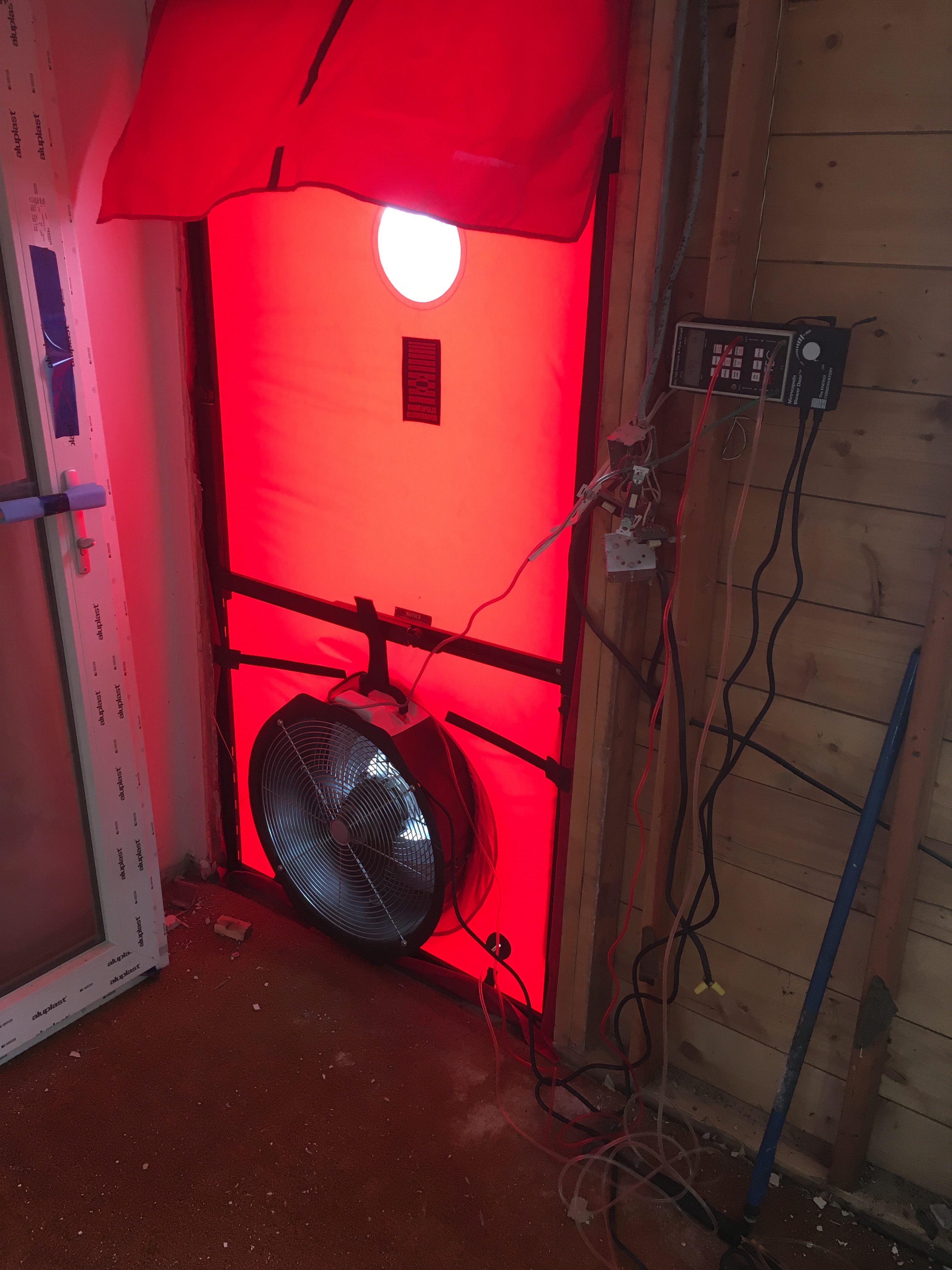
Passive House Heating Load
In our last blog post, we talked a little bit about Passive House as a building standard. We also discussed the first primary benchmark for Passive House certification, which is reducing air leakage to less than 0.6 Air Changes per Hour (ACH) at 50pa pressure.
The second benchmark for certification deals with total heating and cooling load. This distinguishes Passive House from the well-known “net-zero” standard, which simply requires the house to produce as much energy as it consumes. Passive House caps heating load at 15kwh per square meter annually, regardless of energy source.
This means that a 120 square meter house, with a 120 square meter basement, must consume 3600kwh of energy or less over one year to maintain a comfortable temperature inside (20-24 degrees Celsius). That requirement is the same worldwide. When we design the home, we use local climate and weather data to determine how much insulation we need to meet the target energy consumption.
Designing for your home.
No matter what standard you intend to meet, modeling your proposed building envelope gives you an edge. Modeling for heat loss and solar heat gain creates awareness of small changes that can have a big impact. Modeling the home also permits accurate analysis and enables informed decisions about building envelope upgrades. We are always available to help you collect the information you need to build a home that exceeds your expectations.
As home builders and home renovators, we believe that accurate, comprehensive information drives quality work and healthy client relationships. Analyzing your home’s energy needs takes us past the sales pitches and the hype. With this information, we can tell you exactly what each upgrade is worth in dollar savings, comfort level, and air quality.